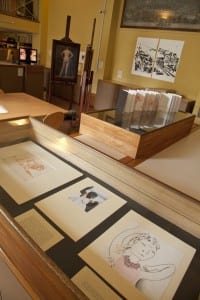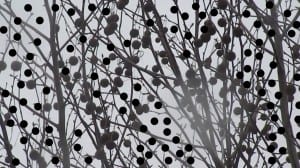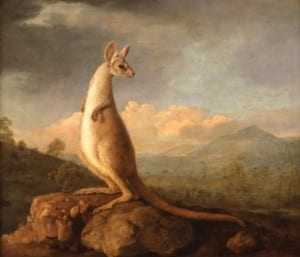War, Love and Coal: New Exhibition from UCL Museum Studies Students
By Mark Carnall, on 8 May 2014
Every year Museum Studies Masters students have to create an exhibition as part of their course. This is a guest post by Maya Makker and Sarah McKeon two of the curators of this year’s exhibition Voices of War: UCL in World War One opening in the Institute of Archaeology.
This term, the UCL Museum Studies students have been developing an exhibition entitled “Voices of War: UCL in World War One”. We decided to ask the question: What was the involvement of UCL students and alumni in the First World War? Our goal was to profile UCL affiliates and use objects to tell their World War One stories. From the onset, one of our primary objectives for the exhibition was to include the voices of women who lived through the war. As we began researching, our content team quickly realised that numerous women at UCL made significant contributions to the war effort in an array of capacities. One such woman was Marie Stopes—scientist, activist, and UCL alumnus.
 Close
Close







